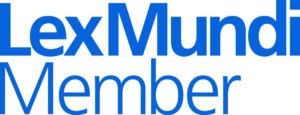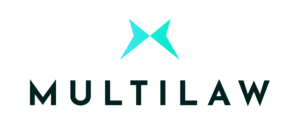February 24, 2025
On January 31, 2025, the Bank of Thailand (BOT) announced a new Notification re: Responsible Lending, replacing a similar notification from 2023. This new notification provides updated measures to assist debtors in different circumstances and clear implementation guidelines for lenders, with the aim of resolving household debt issues. Scope The service providers covered by the notification include banks and nonbanks (e.g., credit card companies, asset management companies, licensed personal loan providers, and nano finance operators) that conduct lending business. New Requirements The notification’s core focus remains loan management throughout the lifecycle of a loan—from credit product development to legal proceedings and debt transfers to other creditors—but with further clarification and detail compared to the 2023 notification. The key revisions in the new notification are summarized below. Advertising standards: The notification tightens requirements in some areas and relaxes them in others. Stricter requirements: It is now clearly stipulated that the BOT oversees taglines that may encourage excessive borrowing. More examples of noncompliant statements are also added (e.g., “Elevate your lifestyle now, pay later”; “Get approved, even with credit challenges”). In addition, advertising material that contains multiple credit products should provide clear minimum and maximum interest rates, especially when there are significant differences in the interest rates of each product. Relaxed requirements: The required information for some marketing activities is now reduced. For example, in marketing events with staff promoting loan products and offering free giveaways, service providers have the discretion to provide effective interest rate information in the manner they deem appropriate, and the advertisement material can display only the mandatory warning statements without providing interest rate details. Encouraging customer financial discipline: The notification requires service providers to implement more elaborate and extensive tools to influence customer behavior (termed “nudging” by the BOT) at every stage of the lending cycle. This










